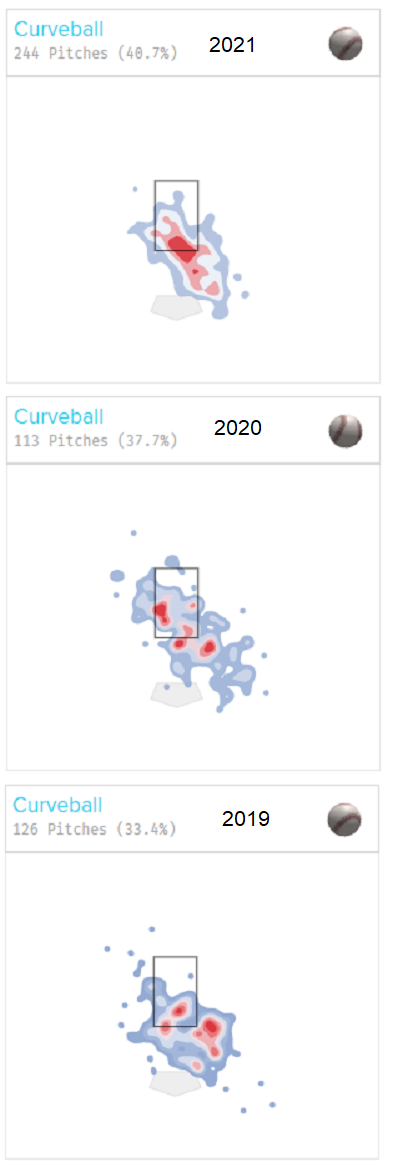Daily Prospect Notes: 8/13/21
These are notes on prospects from Tess Taruskin. Read previous installments of the Daily Prospect Notes here.
A month after the draft, here are some early looks at a few members of the 2021 draft class as they launch their professional careers.
Ryan Cusick, RHP, Atlanta Braves
Level & Affiliate: Low-A Augusta Age: 21 Org Rank: 7 FV: 45
Line: 3 IP, 0 H, 0 BB, 0 R, 7 K
Notes
Cusick’s started his professional career with two consecutive 98 mph strikes, setting the tone for what would be an impressive minor league debut. The 24th overall pick of the 2021 draft struck out seven of the nine of the batters he retired, and was one scorching liner off his third baseman’s glove away from perfection over his three innings of work. His success was due largely and unsurprisingly to his fastball, a high-90s offering delivered from a high arm slot (Cusick is an imposing 6-foot-6) that proved too much for the struggling Kannapolis offense.
In addition to the four-seamer, Cusick sprinkled in a few slurvy breaking balls, most of which missed the zone, though some missed bats as well. His arsenal also includes a changeup that he rarely threw during his time at Wake Forest, but which was a major developmental focus during last year’s shutdown; it did not make an appearance in his pro debut. Read the rest of this entry »

